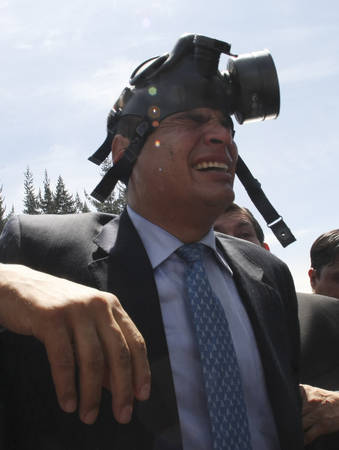
Ecuador is the second smallest country in South America, quite densely populated
with 13.4 million inhabitants, and divided into three mainland regions by the geographic
barrier of the Andes Mountains with the addition of the Galapagos Islands as the fourth
region. The coast (Costa) is the largest and most populated area followed by the
highlands (Sierra) where the capital, Quito, is located, and also the city of Cuenca, capital
of the province of Azuay. The Amazon region (Oriente) is largely underdeveloped and
much less populated but is the largest territory and produces the oil that is Ecuador’s
main export.
what’s really fascinating about Ecuador’s history is its indigenous past, which is present and palpable throughout the country today. Ecuador has both a large indigenous population and a large mestizo population. The great majority of the country’s indigenous peoples live in the highlands and the Oriente.
Ecuador's population is ethnically diverse. The largest ethnic group (as of 2007) is the Mestizos, who are the mixed descendants of Spanish colonists and indigenous Indians and who constitute 65% of the population. Amerindians account for 25% of the current population. The small minority of whites, mainly criollos, the unmixed descendants of early Spanish colonists, as well as immigrants from other European countries, account for about 7% of the population. Afro-Ecuadorian also a minority, including Mulattos and zambos, largely based in Esmeraldas and Imbabura provinces, make up 3% of the population.












Aucun commentaire:
Enregistrer un commentaire